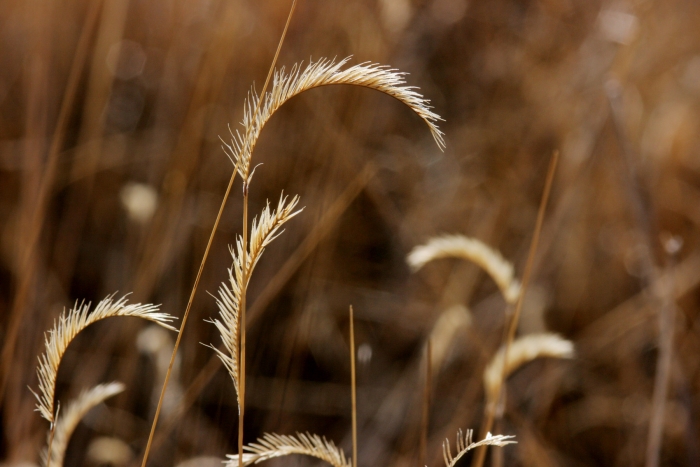Blue Grama
(Bouteloua gracilis)
Blue Grama (Bouteloua gracilis)
/
/

Patrick Alexander from Las Cruces, NM
CC0











































































Estimated Native Range
Summary
Blue grama is valued for its drought tolerance and low maintenance requirements, making it an excellent choice for naturalistic landscaping, erosion control, and restoration projects. It is often used in xeriscaping, as it requires minimal supplemental watering once established. This grass prefers full sun and can thrive in a variety of soil types, provided they have good drainage. While it is generally pest and disease-free, overwatering or poor drainage can lead to root rot. Blue grama is also beneficial for wildlife, providing habitat and food for various insects and animals.CC BY-SA 4.0
Plant Description
- Plant Type: Grass
- Height: 1-2 feet
- Width: 1-1.5 feet
- Growth Rate: Rapid
- Flower Color: N/A
- Flowering Season: Summer
- Leaf Retention: Evergreen
Growth Requirements
- Sun: Full Sun
- Water: Medium, Low
- Drainage: Fast, Medium
Common Uses
Bank Stabilization, Bird Garden, Border Plant, Butterfly Garden, Deer Resistant, Drought Tolerant, Erosion Control, Fire Resistant, Groundcover, Low Maintenance, Potted Plant, Rabbit Resistant, Rock Garden, Salt Tolerant, Street Planting
Natural Habitat
Grasslands and prairies across central North America
Other Names
Common Names: Blue Grama Grass , Eyelash Grass , Graceful Grama Grass , Navajita , Navajita Azul , Boutelou Gracieux , Boutelou Grêle
Scientific Names: Bouteloua gracilis , Chondrosum gracile , Bouteloua oligostachya , Bouteloua gracilis var. gracilis , Bouteloua oligostachya var. pallida , Actinochloa gracilis , Bouteloua gracilis var. stricta , Bouteloua stricta , Atheropogon oligostachyus , Bouteloua oligostachya var. major
GBIF Accepted Name: Bouteloua gracilis (Kunth) Lag. ex Griffiths